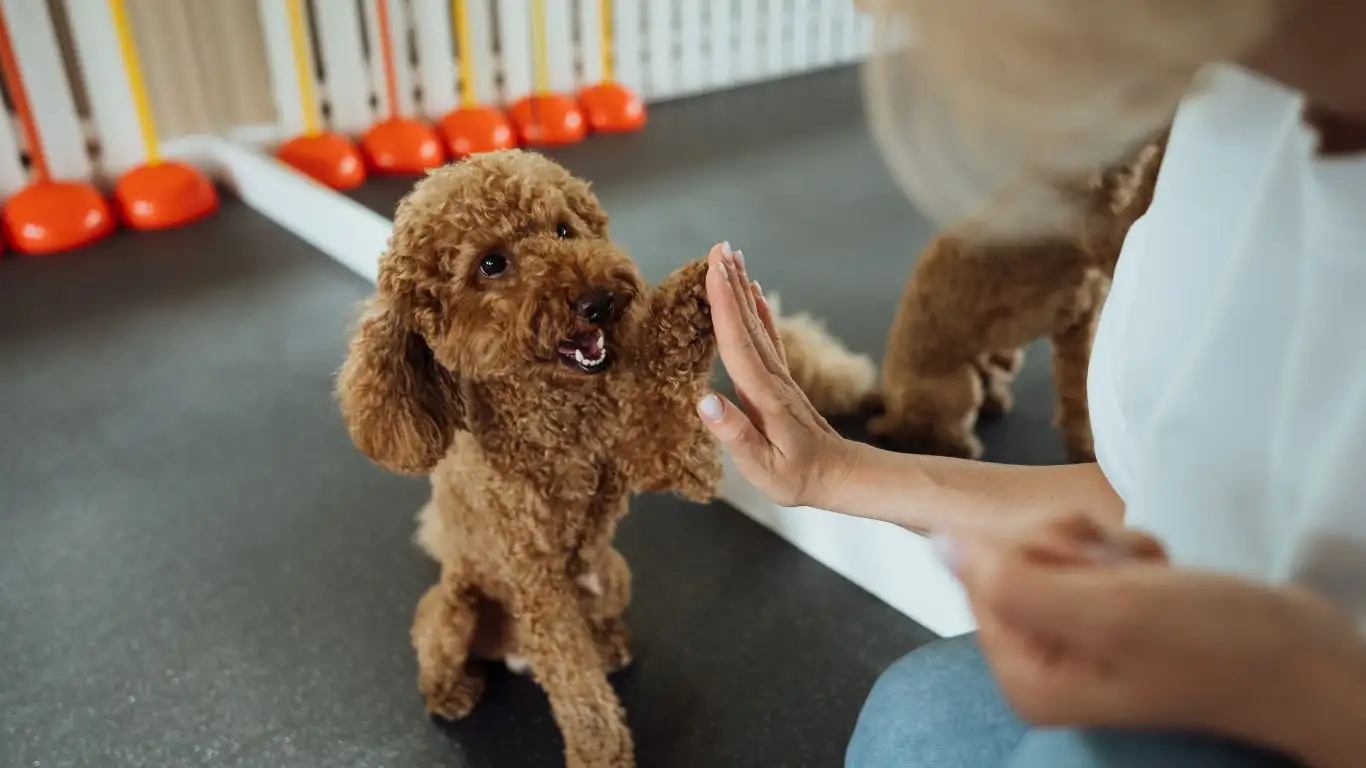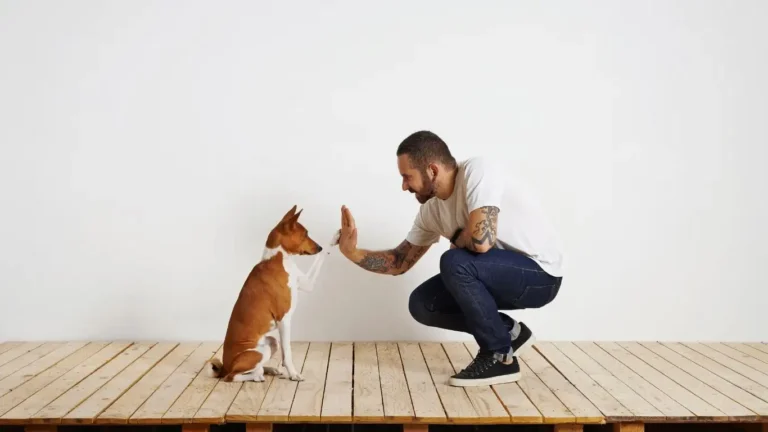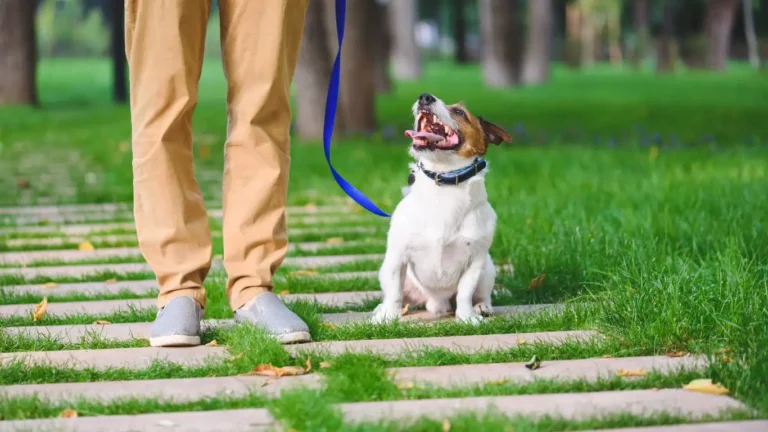Stop Barking Fast: Train Your Dog to Greet Guests Calmly
Have you ever found yourself apologizing profusely to your guests the moment they walk through the door—because your dog is launching into a barking frenzy that could wake the entire neighborhood? Yeah, I’ve been there too. As a Canine-Assisted Therapy Trainer, I’ve seen this issue more times than I can count. Learning how to train a dog to not bark when guests arrive is something I get asked about constantly, and for good reason. Nobody wants a chaotic welcome committee. The good news? With patience, consistency, and the right techniques, you can absolutely teach your dog to chill when people stop by. Let’s dig into what works, what doesn’t, and what’s probably making it worse without you even realizing.
Why Dogs Bark at Guests in the First Place
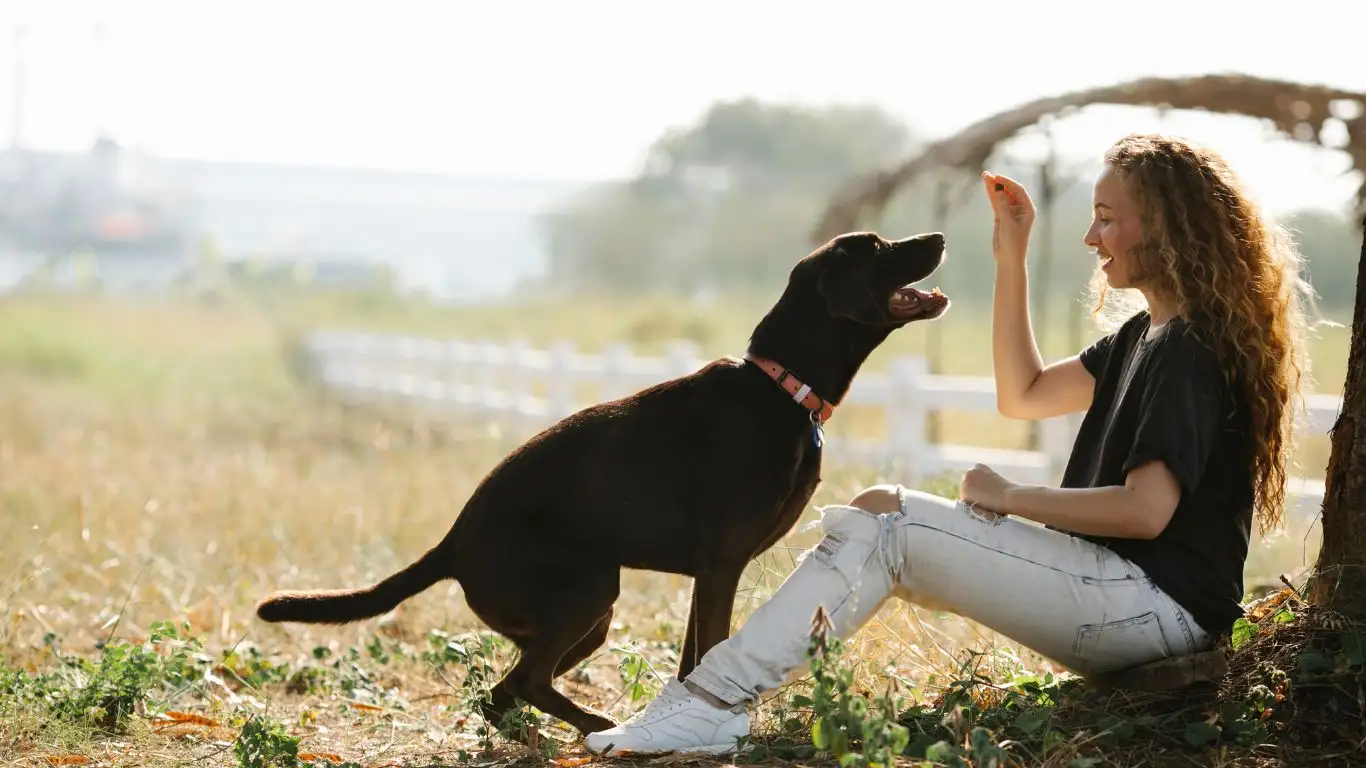
Before you can solve the barking problem, it helps to understand why it’s happening in the first place. Every dog has a reason—they’re not just being difficult. Here are the most common culprits I’ve come across in training sessions:
- Alert barking: Your pup thinks they’re doing their job by letting you know someone’s outside.
- Excitement barking: Guests = fun, cuddles, and possibly snacks. Cue the excitement overload.
- Fear or anxiety: New people can be scary. Barking is their way of saying “I’m not cool with this.”
- Territorial behavior: Your dog might feel like they’re defending their turf.
When I first started therapy dog training years ago, I had a sweet lab named Daisy who would bark like crazy anytime someone rang the doorbell. It wasn’t aggression—it was pure adrenaline. It took a mix of redirection and controlled desensitization to get her to greet people calmly, but more on that soon.
Start with Managing the Environment
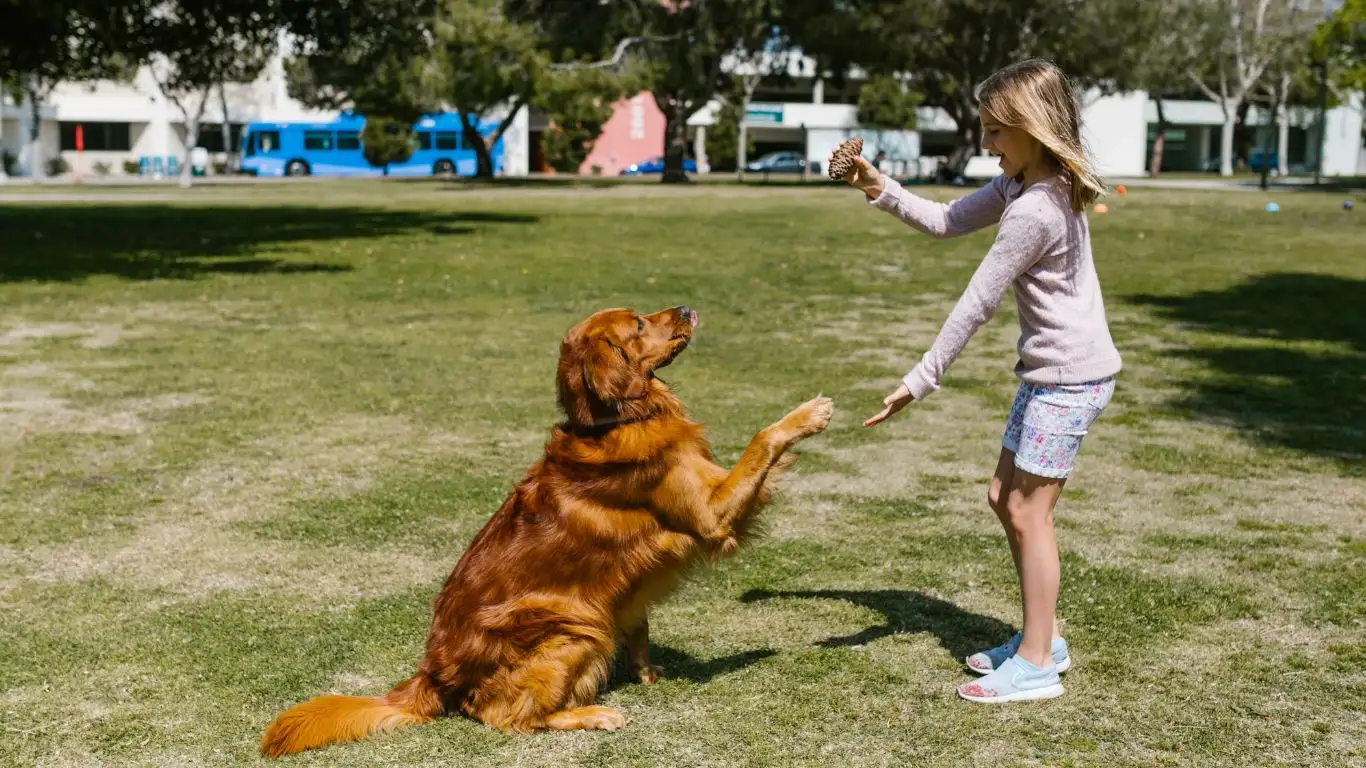
Before you even start behavior training, you’ve got to set your dog up for success. Think of this as step zero—the foundation. You’re removing triggers or at least minimizing them so your dog isn’t constantly over threshold.
Use Physical Barriers
If your dog loses it the second someone steps in the door, try using baby gates or playpens to create distance. This helps prevent that immediate face-to-face overstimulation.
Control Visual Triggers
Close the blinds, use window film, or block access to areas where your dog can see people approaching. Out of sight really can be out of mind for dogs prone to barking at visual cues.
Leverage White Noise or Calming Music
This one might sound a little “woo,” but hear me out. White noise or soft instrumental music can reduce alert barking caused by distant sounds like car doors or footsteps outside. I use it during sessions with reactive dogs all the time—it works wonders.
Training: How to Train a Dog to Not Bark When Guests Arrive

Here’s where the magic starts to happen. Once your environment is prepped, it’s time to get into training mode. Remember: consistency beats intensity. It’s better to train for 5 minutes every day than to do a marathon session once a week.
Teach the “Place” Command
This is my holy grail move. Teaching your dog to go to a specific spot—like a mat or bed—when the doorbell rings changes everything. It gives them a job and shifts their focus.
- Start by luring your dog onto a mat or bed with a treat and say “Place.”
- Reward them for staying there for increasing durations. Start with seconds, then build up.
- Add distractions slowly. Practice with knocks or doorbell sounds before inviting actual guests over.
Eventually, when someone rings the bell, your dog will run to their mat instead of the front door. It’s not magic—it’s muscle memory built through reps and rewards.
Practice with Mock Visitors
This is the part most people skip, but it’s crucial. Invite friends over to be “fake guests” so your dog can rehearse the right behavior. The goal is to make these greetings boring. No hyping them up, no high-pitched greetings—calm energy only.
Reward the Calm, Ignore the Chaos
This one’s tough, especially when you’re trying to juggle guests and a barking pup. But trust me—what you reward, you repeat. If your dog sits quietly, praise and treat. If they bark, don’t scold (it often sounds like barking back to them). Just wait them out, redirect, or guide them to their place spot.
Common Mistakes That Can Undermine Training
Even well-meaning dog parents (yep, I’ve been guilty too) sometimes accidentally reinforce the wrong behavior. Here’s what to watch out for:
- Yelling: It usually just escalates the barking.
- Petting or comforting during barking: Feels supportive, but actually rewards the noise.
- Inconsistency: If you sometimes let them greet excitedly and other times correct them, they’ll be confused about what’s expected.
- Skipping practice: Don’t wait for real guests to train—your dog needs controlled rehearsals to succeed.
Getting a handle on barking behavior is absolutely doable—especially when you take a training approach that respects your dog’s emotions, uses positive reinforcement, and makes clear what’s expected. In my experience, the combination of managing the space, teaching calm behavior, and rewarding consistently is what gets results.
What to Do When the Doorbell Still Triggers Barking
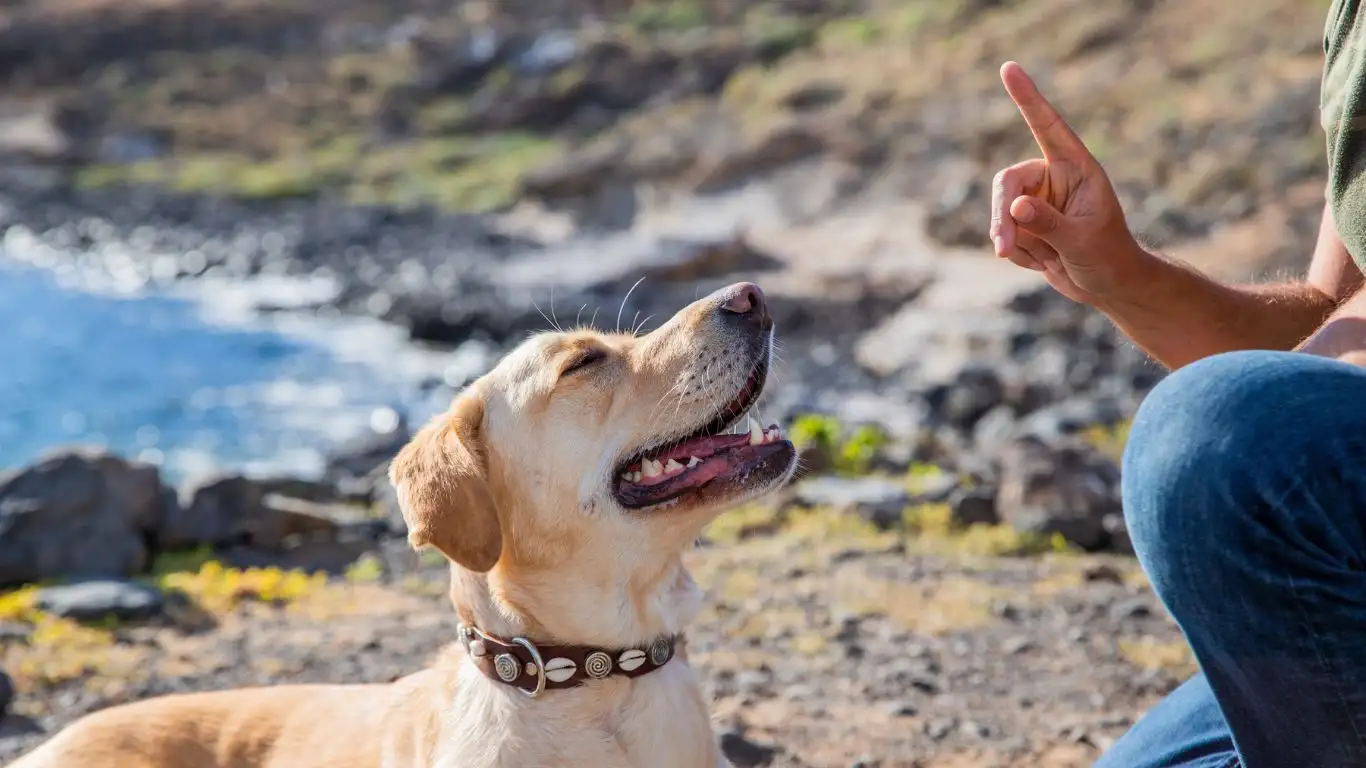
Okay, so you’ve got your “Place” command down. You’ve even practiced with mock visitors. But despite your efforts, the second that doorbell rings, it’s like all bets are off. Yep, totally normal. Dogs are creatures of habit, and certain sounds can trigger automatic responses. In this case, it’s that classic ding-dong.
Here’s what I do when a client tells me their dog turns into a full-blown siren at the sound of the bell:
Desensitize the Doorbell Sound
This is one of those “slow and steady wins the race” things. You want to take the sound from high-alert to background noise status.
- Start by playing a recording of your doorbell at a very low volume.
- Reward your dog for remaining calm—treats, praise, the whole works.
- Gradually increase the volume over several days.
- Mix in “Place” training so they associate the sound with going to their mat, not charging the door.
I once had a German Shepherd client who reacted to the doorbell in commercials. We used this exact method, and within three weeks, he was snoozing through Netflix binges without a care.
Try a Doorbell Replacement
If desensitizing just isn’t cutting it, consider changing the tone entirely. Seriously. You can buy customizable doorbells or smart systems that let you switch up the chime to something your dog doesn’t associate with guests. It’s kind of a shortcut, but hey—it works.
Using Canine Enrichment to Reduce Barking Behavior
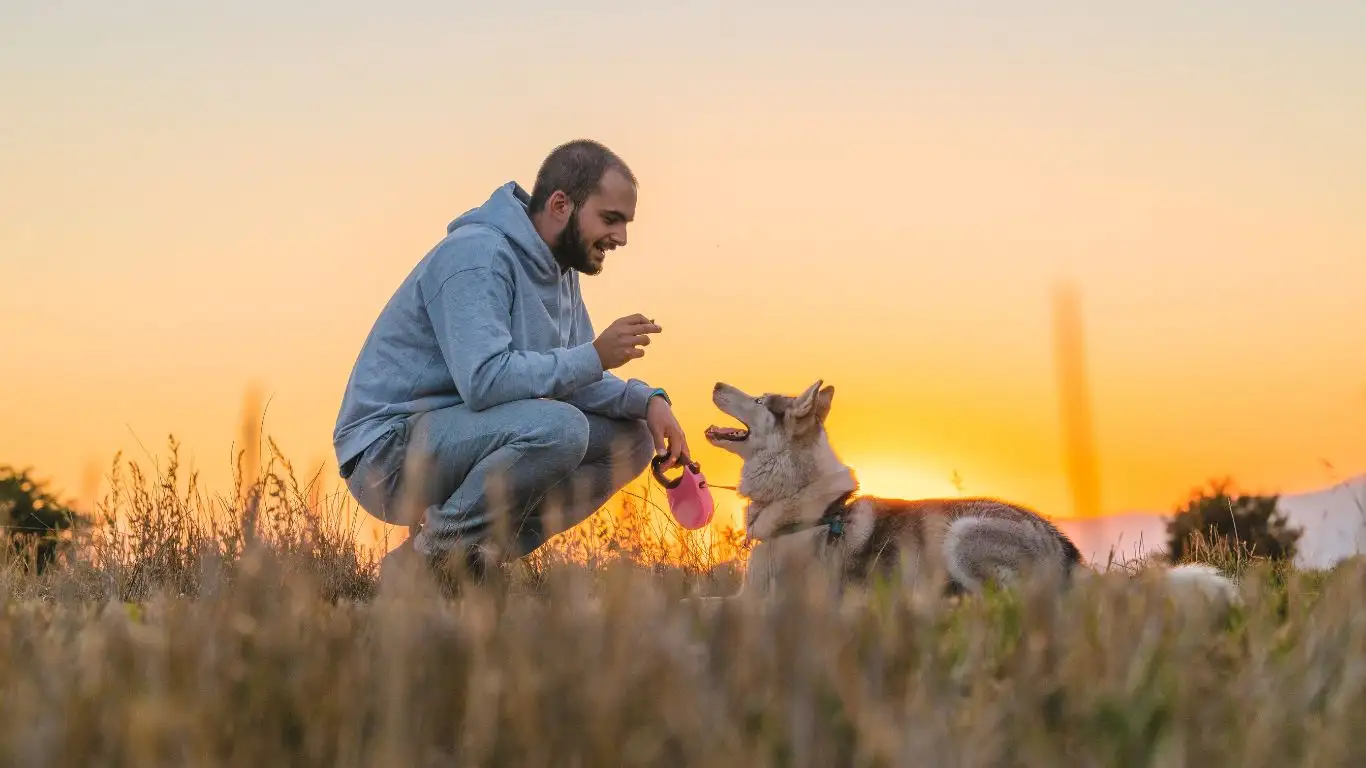
This is one of my favorite tools in the trainer’s toolbox—and it’s often overlooked. Sometimes the problem isn’t just the moment guests arrive. It’s what’s been building up all day. Bored dogs? They bark. Under-stimulated dogs? They bark. Overstimulated dogs? You guessed it—bark bark bark.
Pre-Guest Energy Burn-Off
Before guests come over, take your dog for a walk, play a solid game of fetch, or do a quick training session. A tired brain is less reactive.
Use Enrichment Toys
Right before your visitors arrive, give your pup a puzzle toy or stuffed Kong. Redirecting their brain toward problem-solving can keep their mouth busy in a good way.
- Frozen peanut butter Kongs
- Snuffle mats with hidden treats
- Interactive treat-dispensing toys
I had a Beagle named Otis in one of my therapy groups who used to go ballistic at visitors. We timed his Kong delivery just right—and boom, his barking dropped by 80%. It wasn’t the toy alone—it was the routine that helped him feel secure.
Training Tools That Can Help (and Which Ones to Skip)

Let’s talk gear. Because while I’m all about training with your voice, timing, and consistency, sometimes a well-chosen tool can make your life way easier. But not all tools are created equal, and some can actually backfire.
Helpful Tools
- Clicker: Perfect for marking the exact moment your dog gets it right—whether it’s staying quiet or going to place.
- Treat pouch: Keeps rewards handy so you can reinforce calm behavior in real-time.
- Hands-free leash or house leash: Lets you guide your dog without scrambling during surprise arrivals.
Tools to Avoid
- Shock collars: These can increase fear and anxiety, especially around strangers. Not worth it.
- Bark collars: May suppress the symptom (barking) but don’t address the root cause (emotions, triggers).
- Spray or noise-based punishments: Often just scare the dog and damage trust.
In my professional experience, positive reinforcement always outlasts quick-fix tools. It builds a relationship, not resistance. And with therapy dogs, trust is the whole foundation.
Consistency Across the Household
Now here’s a golden rule: Everyone in the house has to be on the same page. I can’t tell you how many times progress stalled because one family member kept letting the dog jump, bark, or greet guests wildly while others tried to enforce boundaries.
Have a family meeting. Set some ground rules. And for the love of bacon treats, don’t let Grandma sneak in cuddles while the dog is mid-bark attack. It sounds silly, but it’s seriously a thing.
Tips for Keeping Training Consistent
- Make a “Guest Arrival Plan” and post it near the door.
- Assign roles—someone manages the dog, someone greets the guests.
- Use the same cues and reward systems across the board.
It helps to remind everyone that the goal isn’t to stop barking once. It’s to create a pattern that becomes second nature—for the dog and the humans alike.
Reinforcing the Right Mindset: Calm Is the Goal
At the end of the day, teaching how to train a dog to not bark when guests arrive isn’t just about stopping a noise. It’s about teaching your dog that guests aren’t a big deal. That they don’t have to be on high alert. That they have a job—whether it’s staying on a mat, chewing a toy, or just being chill nearby.
And here’s where E-E-A-T comes in. As a certified Canine-Assisted Therapy Trainer, I base everything I do on real-life practice, evidence-based methods, and a whole lot of hours logged with pups of every shape, size, and temperament. This isn’t just what sounds good—it’s what actually works when applied consistently, lovingly, and with patience.
If you’ve gotten this far, give yourself a high five. You’re already ahead of 90% of dog owners who just hope the barking will stop on its own (spoiler: it doesn’t). In the next part, we’ll dive deeper into long-term success strategies and what to do when you hit a training plateau.
When Progress Stalls: How to Handle Training Plateaus

Let’s be honest—no training journey is a straight line. You’re cruising along, your dog is finally staying calm when friends come over, and then BAM—one random Tuesday, they’re back to barking like they’ve never heard a guest before. Frustrating? Absolutely. But normal? Oh yeah, 100%.
Plateaus happen, and they don’t mean you’ve failed or that your dog “forgot everything.” They usually pop up when your dog hits a new developmental stage (hello adolescence), something changes in your routine, or—real talk—when we humans get a little relaxed on the consistency front (been there).
How to Push Through a Training Plateau
- Go back to basics: Reinforce the “Place” command and reward calm behavior just like you did in the early days.
- Increase the reward value: Break out the high-value treats—think liver, chicken, or whatever gets your dog’s tail wagging hardest.
- Shorten the exposure time: Make greetings super quick and remove the guest after a few seconds, then slowly build it back up.
- Change the context: Practice in different rooms or with different guests to help generalize the behavior.
One of my past client dogs, a rescue named Leo, made incredible progress for months. Then out of the blue, he started barking at guests again. Turns out, the family had rearranged the furniture near the door, and it totally threw him off. We reset the training using a few short reps each day, and within a week, he was back on track. Sometimes it’s the little things.
What If It’s More Than Just Barking?
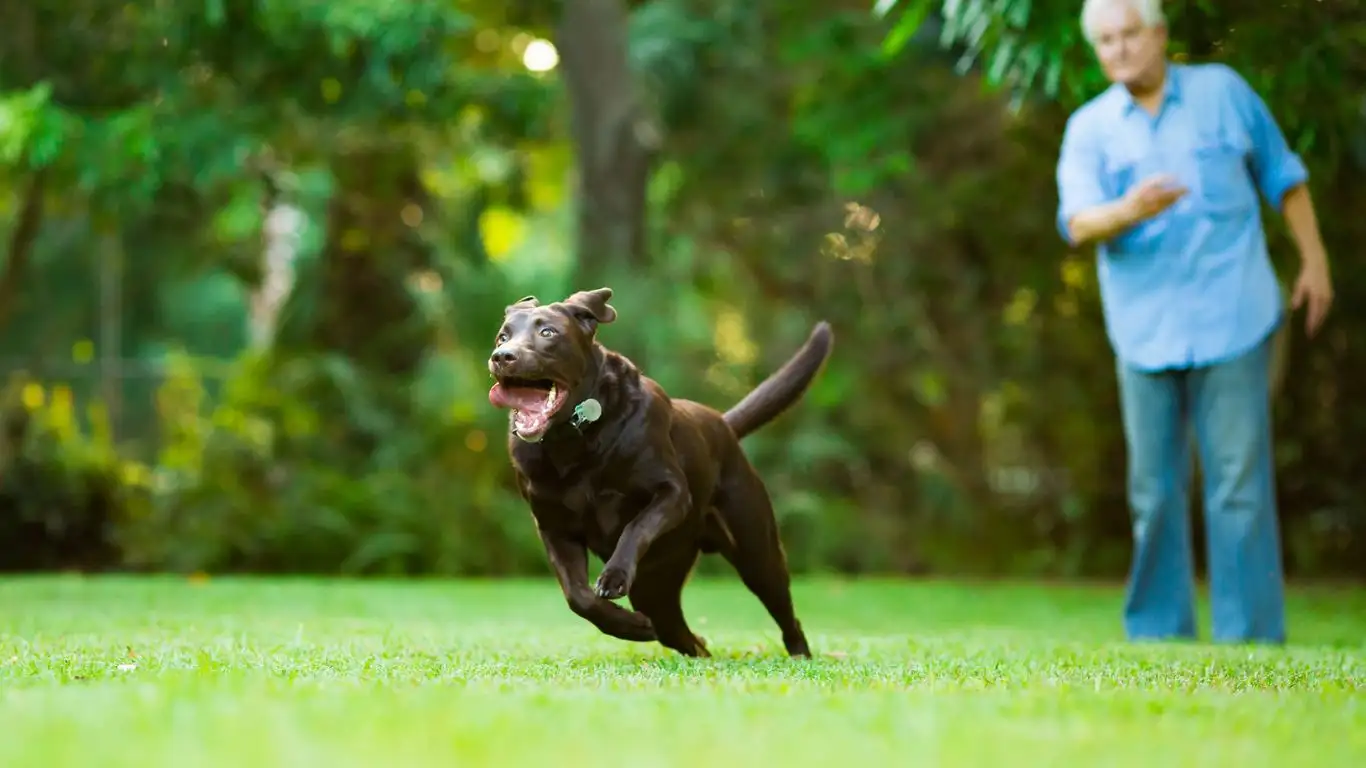
Alright, let’s tackle the more serious stuff. If your dog isn’t just barking but also growling, lunging, or clearly showing fear or aggression, you may be dealing with a deeper issue than simple excitement or alert barking.
As a Canine-Assisted Therapy Trainer, I’ve worked with many dogs who needed behavior modification plans, not just basic training. And here’s the key thing: know when to call in backup. Getting a certified behaviorist or experienced trainer involved doesn’t mean you’ve failed—it means you care enough to get it right.
Red Flags That Need Professional Help
- Snapping or biting at guests
- Persistent growling or stiff body language
- Intense fear behaviors like hiding, shaking, or pacing
- Barking that turns into obsessive or compulsive behavior
Resources like AKC and PetMD offer great insight into understanding behavior, but nothing replaces in-person support when things get tricky. If needed, reach out to a vet too—sometimes underlying pain or anxiety issues are at play.
Creating a Lasting Calm Response: Tips for Long-Term Success
The end goal isn’t just a dog who doesn’t bark at the door—it’s a dog who knows how to respond calmly to guests as a lifelong habit. This doesn’t happen overnight, but the results are 100% worth the effort.
Build a Routine Your Dog Can Count On
Dogs thrive on structure. I always recommend creating a predictable pre-guest routine so your pup knows exactly what’s about to happen. It might look like this:
- Guest is expected → leash goes on
- Dog goes to “Place” spot
- Enrichment toy is delivered
- Guest enters calmly, ignoring the dog at first
Stick with this routine for a few weeks, and your dog will start to anticipate it—and most importantly, relax into it.
Reward Calm After the Guest Leaves Too
This one’s a game-changer. Don’t just reward your dog during the moment of greeting. Praise and treat after the guest leaves, especially if your dog stayed chill the whole time. It teaches them that the whole event—not just the doorbell—is something they handled well.
I’ve had therapy dogs who now treat guests like mild weather events. They notice, they acknowledge, but they stay grounded. That’s what we’re after.
Final Thoughts on How to Train a Dog to Not Bark When Guests Arrive
Teaching how to train a dog to not bark when guests arrive isn’t a one-size-fits-all journey. Each dog brings their own baggage, temperament, and life experiences to the table. What worked for my shepherd mix might totally flop with your Goldendoodle. And that’s okay.
The key is to approach the process with empathy, patience, and realistic expectations. Celebrate the small wins—like one less bark, or five seconds longer on the mat. Trust me, those little moments add up.
And remember: the quieter your dog gets, the more you’ll actually enjoy having guests over. That alone makes the effort worth it, right?
References
Disclaimer
This article is based on professional experience in canine behavior and therapy dog training and is intended for educational purposes only. It is not a substitute for professional veterinary advice, diagnosis, or treatment. Always consult with a certified dog trainer or your veterinarian before starting any new behavior training program.
